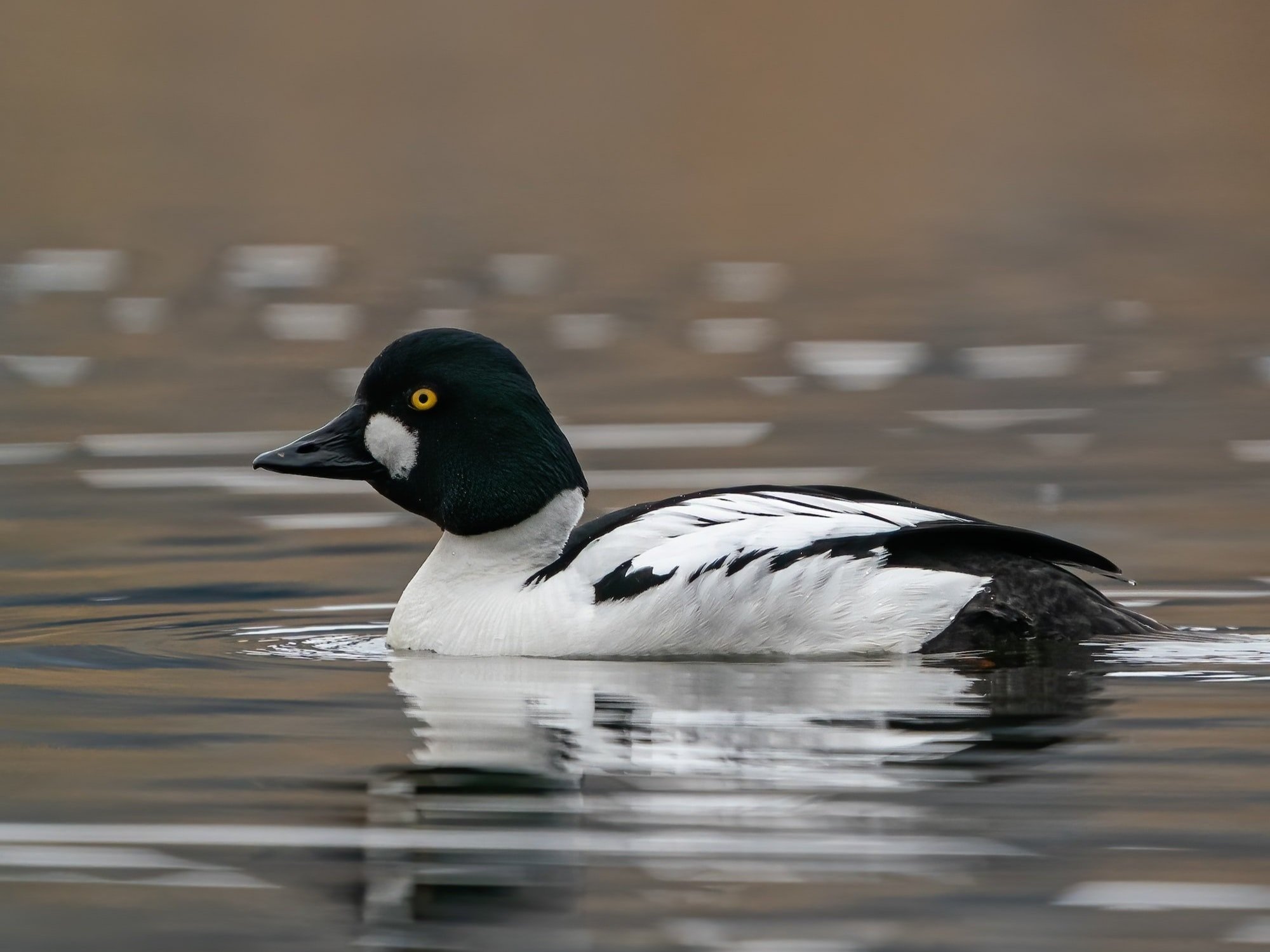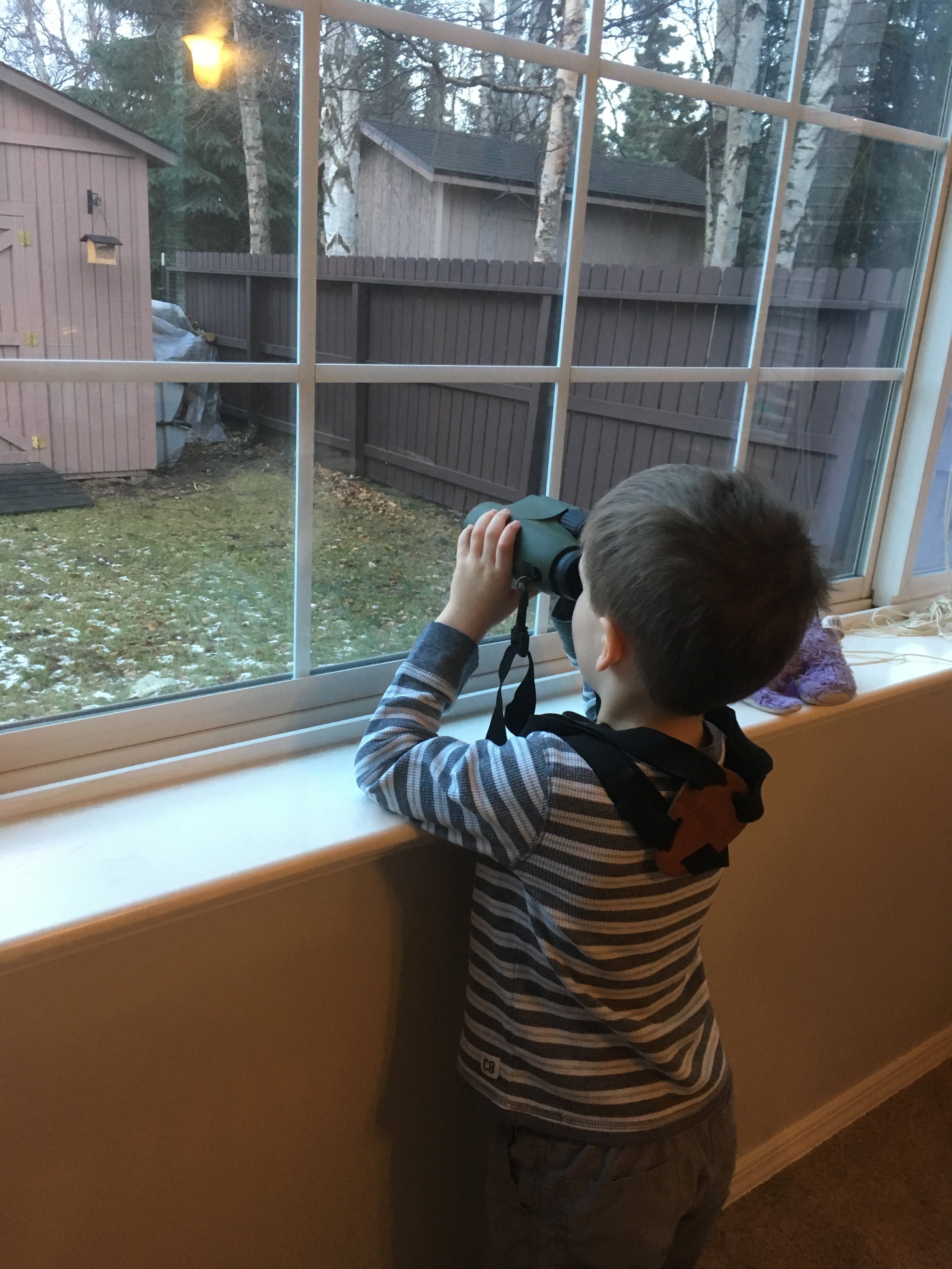
Connecting people and birds in Anchorage, Alaska
Anchorage Audubon Society is a nonprofit offering bird watching field trips, monthly meetings & natural history programs, newsletters, and special events to highlight birds, wildlife, and conservation issues of southcentral Alaska. The Anchorage Audubon Society is a chapter of the National Audubon Society.
Upcoming Events
See Additional Annual Events



